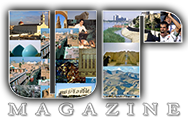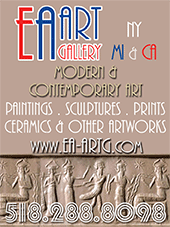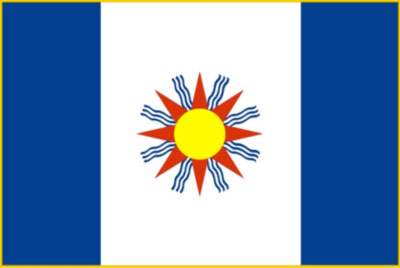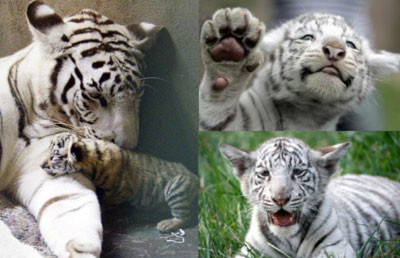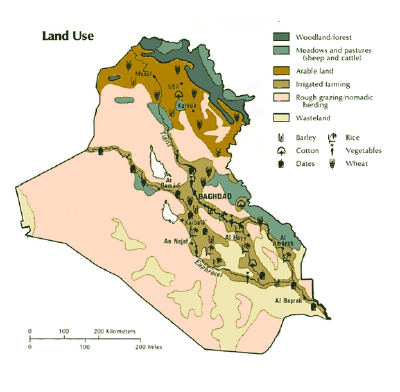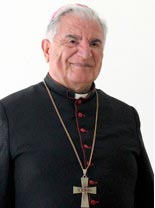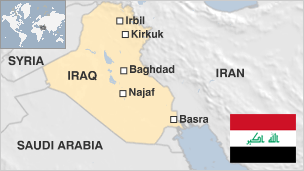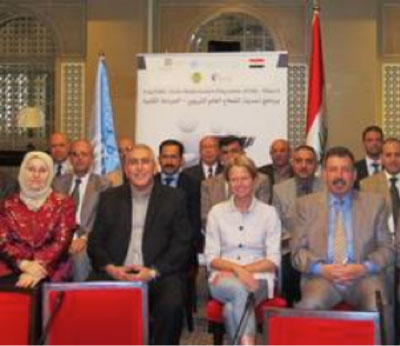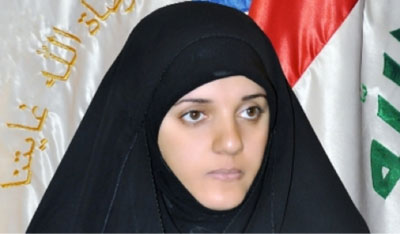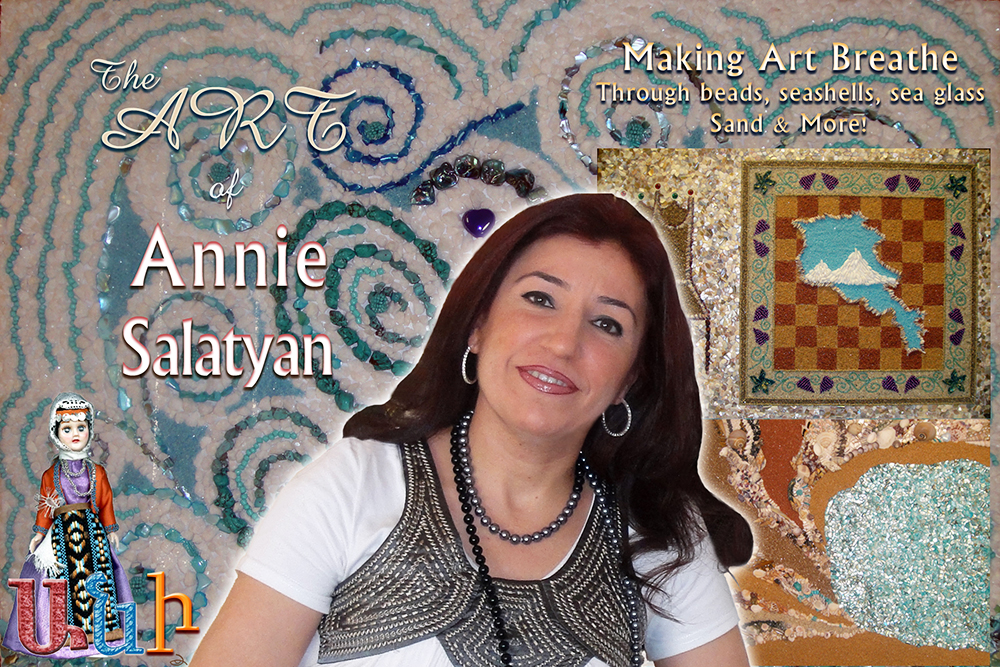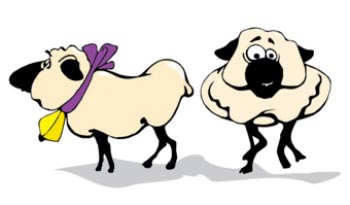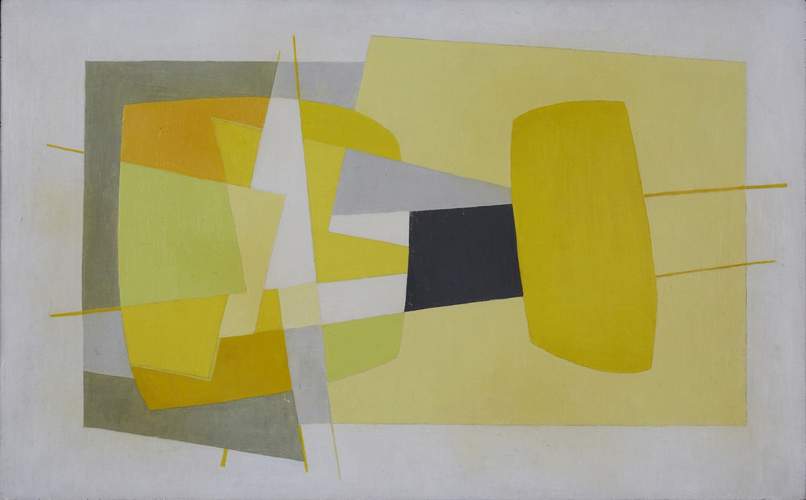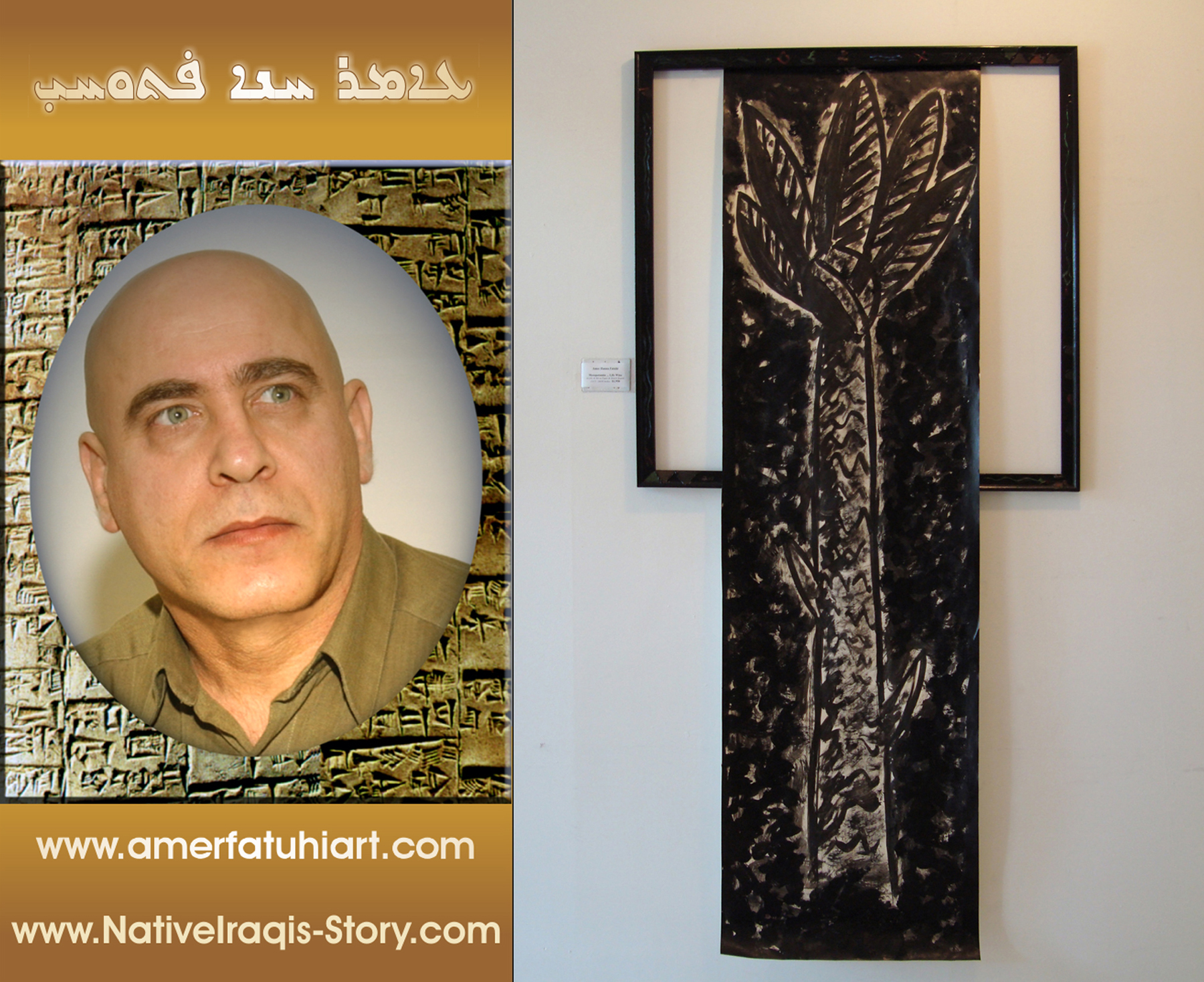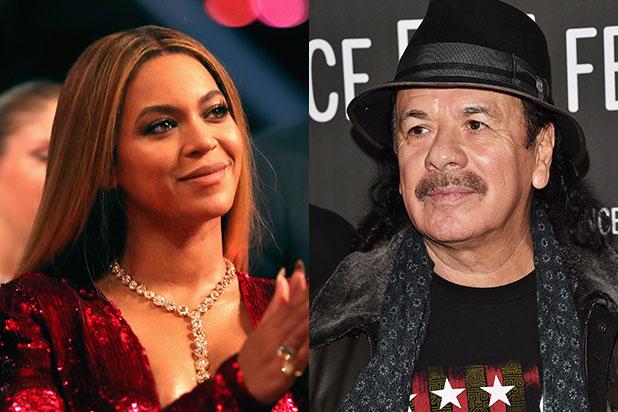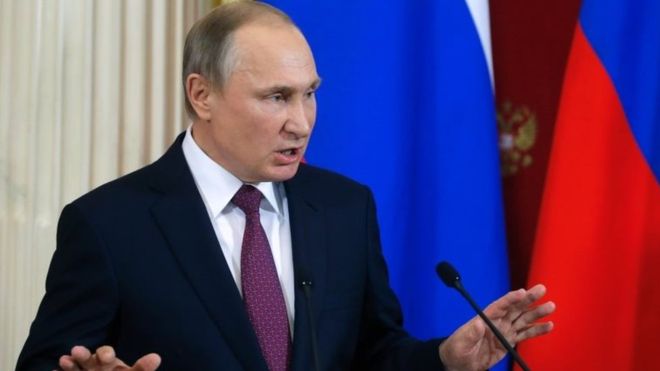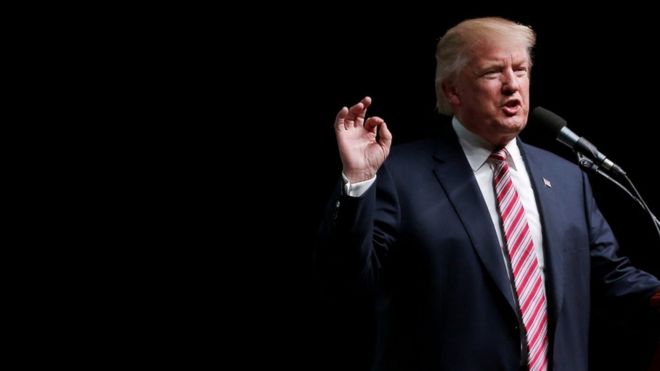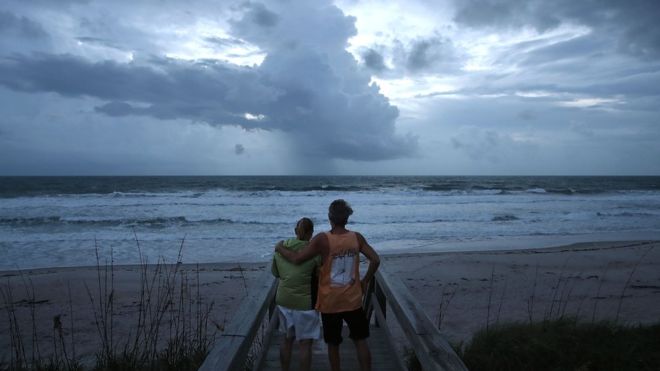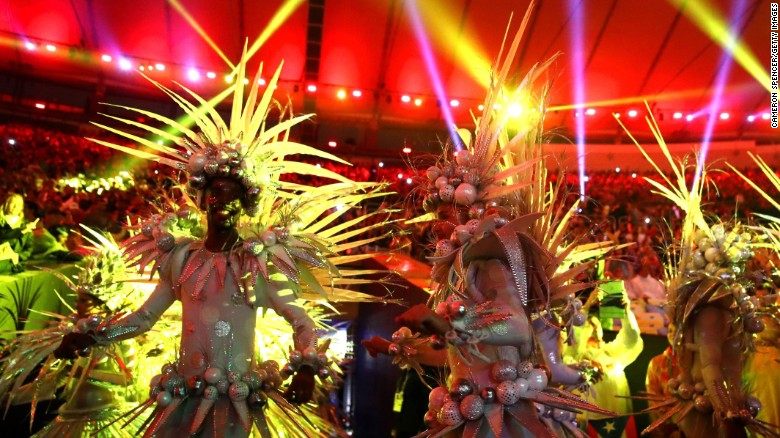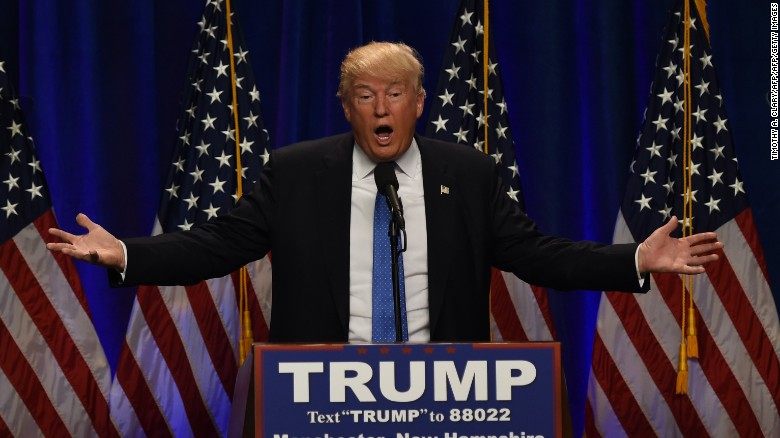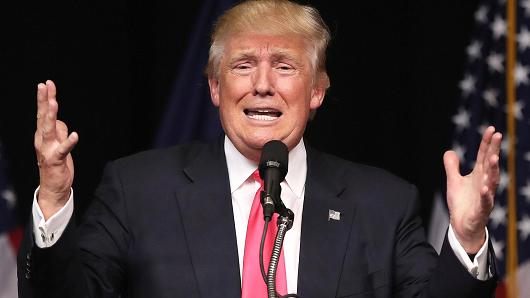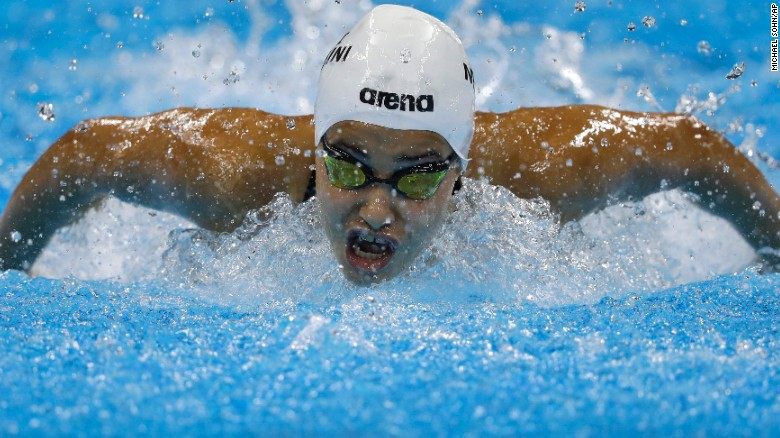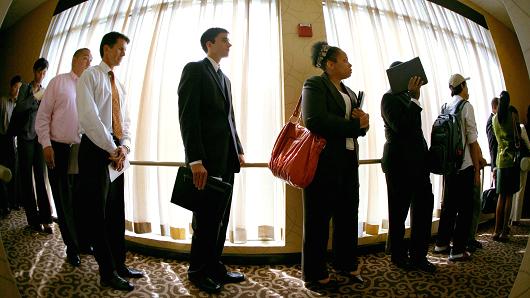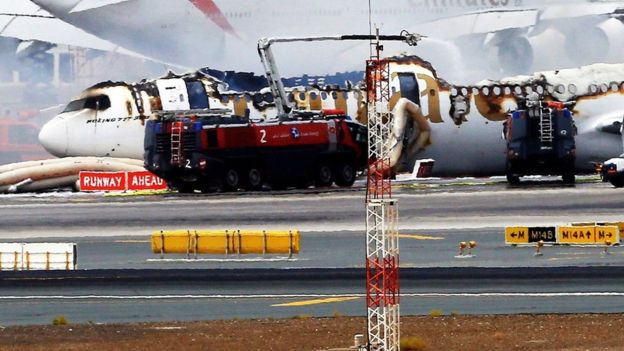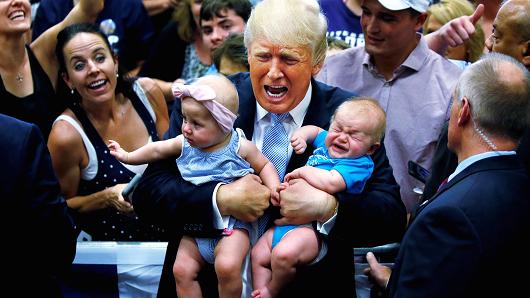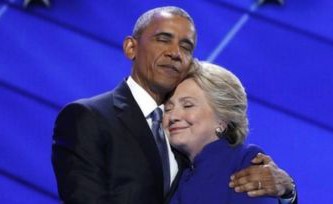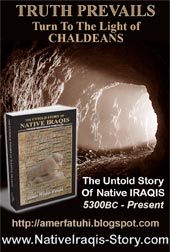The Yale University Art Gallery is celebrating the 175th anniversary of the field of Arabic studies at Yale University, which was inaugurated in 1841 when Edward Elbridge Salisbury, B.A. 1832, became the first professor of Arabic and Sanskrit in the United States. On the occasion of this milestone anniversary, the gallery presents Modern Art from the Middle East, a selection of paintings, sculptures, and works on paper by important Middle Eastern artists rarely exhibited in the United States.
The artworks on display are on loan from the Barjeel Art Foundation, a collection of modern and contemporary art located in Sharjah, the United Arab Emirates. Established by Sultan Sooud Al Qassemi, the foundation promotes the art of the Middle East through international collaborations. The Middle East encompasses countries with extremely diverse cultures. During the second half of the 20th century, following the end of the era of colonialization of the region, several of these countries saw a new generation of artists begin to explore a more modernist language in their works, creating unique styles that merge historical sources with contemporary art practice.
Modern Art from the Middle East presents artworks from the 1950s to the 1980s from Egypt, Iraq, Lebanon, and Syria; these objects exemplify how the end of colonialism and the establishment of nation-states carved from the former Ottoman Empire triggered a quest for identity in the arts.
The selected works chart the concurrent rise of major art centers in cities such as Baghdad, Beirut, and Cairo that furthered the propagation of the visual arts with the opening of museums and academies.
Many Middle Eastern artists had direct or indirect exposure to European art, particularly through study abroad—including Kadhim Hayder at the Central College of the Arts in London, Michel Basbous at the École Supérieure des Beaux-Arts in Paris, and Effat Naghi at the Accademia di Belle Arti in Rome—where they were introduced to a European formal vocabulary. When they returned home, these artists were inspired to combine many different influences in their works, ranging from the traditional arts of the Middle East, which date as far back as the ancient civilizations of Mesopotamia and Egypt, to European modernism.
The products of this cross-cultural contact are highly original works of art that hover between figuration and abstraction and draw from various sources, such as calligraphy, archaeology, ancient artifacts, and contemporary urban and rural culture. Dia Azzawi, Hamed Ewais, Mahmoud Hammad, and other artists also responded to the sociopolitical climate in their respective countries and to larger conflicts in the Middle East, notably the Arab-Israeli Wars that took place between 1967 and 1973.
The exhibition emphasizes the singularity of the artistic centers in Egypt, Iraq, Lebanon, and Syria and includes work by several of the main protagonists from these countries.
“The artists in this show engage with issues of nationalism and modernity, abstraction and figuration, and the ways in which cultural production impacts everyday life,” says Kishwar Rizvi, director of Undergraduate Studies and associate professor of Islamic Art and Architecture, Yale University, and co-curator of the exhibition. “Their work provides an important resource for understanding the complex social and historical factors that defined the Middle East in the 20th century.”
Naghi’s paintings, for instance, are imbued with elements from Egyptian archaeological artifacts and folklore; the artist combines a multitude of facets in visually complex pictures that reveal underlying social concerns. Seemingly abstract, her painting The High Dam (1966) was prompted by the building of the Aswan Dam from 1960 to 1970, an enormous government project that was undertaken after the Egyptian Revolution of 1952 and caused various human and natural disasters.
Similarly, the Syrian-born, Berlin-based painter Marwan Kassab Bachi became known for his stylized portraits derived from life and from sociopolitical events such as the Six-Day War of 1967, which inspired his Three Palestinian Boys (1970).
“This exhibition highlights the diversity of modernism, a diversity which has far too long been overshadowed by the canon of Western modern art,” states Frauke V. Josenhans, the Horace W. Goldsmith Assistant Curator of Modern and Contemporary Art at the Gallery and co-curator of the exhibition. “Artists in different countries in the Middle East invented a truly unique aesthetic that merged various influences and makes us rethink the history of modernism altogether.
Modern Art from the Middle East celebrates 175th anniversary of Arabic studies at Yale with works by Egyptian, Iraqi, Lebanese, and Syrian artists on loan from the Barjeel Art Foundation. Through July 16, at the Yale University Art Gallery, 1111 Chapel Street, New Haven. Free and open to the public. For more information, visit artgallery.yale.edu.
By Press release from the Yale University Art Gallery
